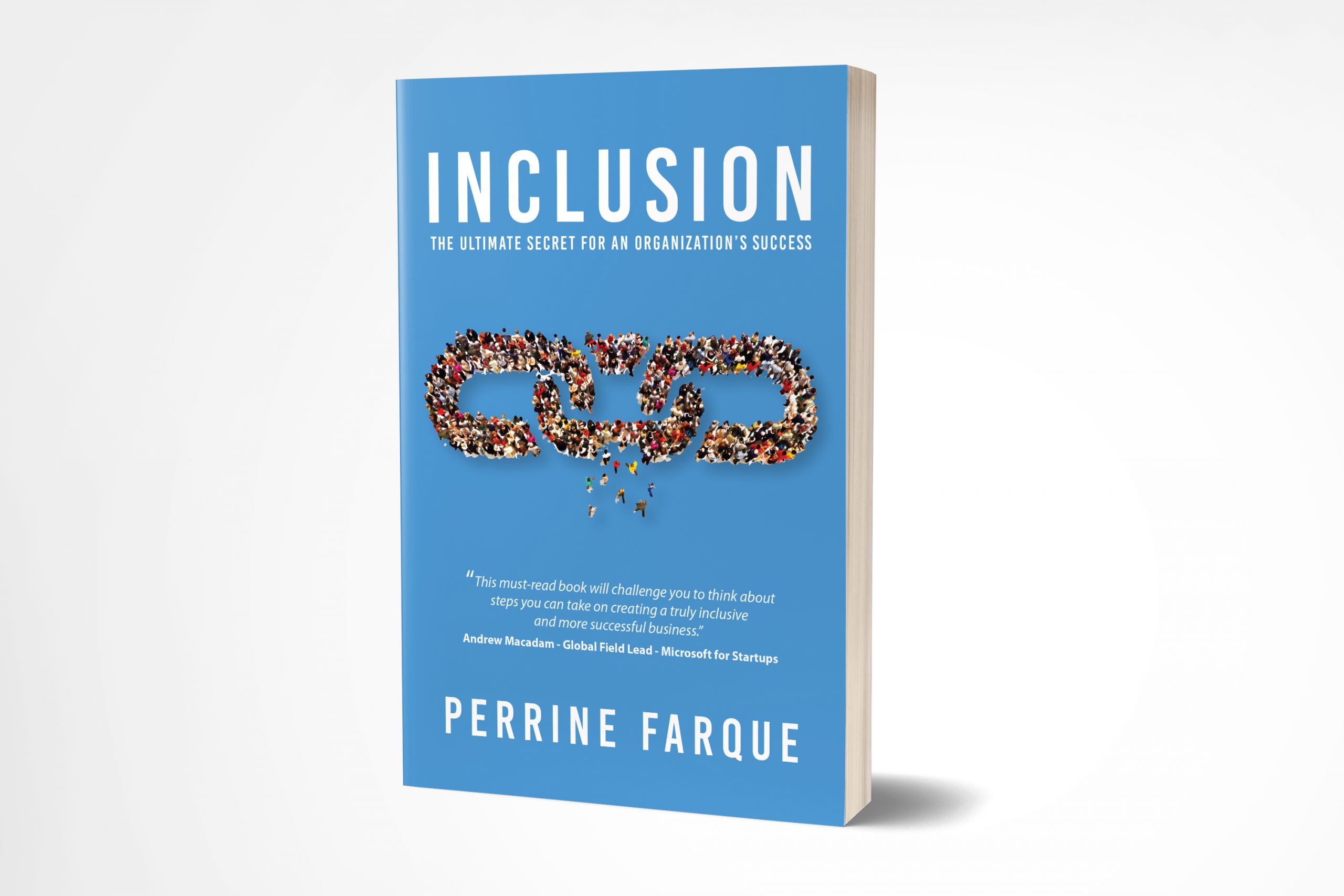The title of Perrine Farque’s book does not do full justice to its contents. The diversity and inclusion agenda is the principal subject matter, not inclusion alone. The author writes in a style which is informal and easy to digest. Clearly passionate about diversity and inclusion in the workplace, Farque presents compelling business reasons for investing in D&I practices. The thread which runs through her writing is also one with a strong ‘belief ‘element. An experienced practitioner in her field, she presents well-considered arguments backed by references to research sources. A useful synopsis of references is provided at the end of each chapter.
As an experienced Human Resources partitionner in multinational organisations, I found the content to be best suited to those new to the topic and a useful guide for business leaders in other than mainstream HR departments. Farque makes a well-articulated case for the responsibility for diversity and inclusion not being the sole preserve of HR. Helpfully, she provides examples of diagnostic tools which could be used by small and medium size enterprises (SMEs).
In chapter seven, Farque holds a strong position on creating financial bonuses related to D&I ‘success’. The underlying assumption here is that most organisations have the latitude to do so. This suggests that the content might be better suited to Private Sector organisations. Having worked latterly consulting in the Public Sector in the UK, Farque’s assertion below, however, would hold little weight:
‘if you are committed to diversity and inclusion, you must set goals for your leadership team that are tied to monetary bonuses. I recommend 30 percent of the bonus be directly linked to the diversity and inclusion goals. ‘
Additionally, the recommendation is made without evidence of why the ‘30 percent’ weighting is of merit. This in itself seems too arbitrary and would not be an easy ‘sell’ to business leaders without explanation or rationale. As many readers of this review will know, HR credibility often rests on the relevance of hard measures and quantifiable financial or other objective impact.
The examples of diversity are also narrow. There is little mention of current thinking regarding neurodiversity in the workplace, for example nor of the broader conversations currently in the mainstream regarding expanded gender diversity. Chapter 16 focuses on ‘black colleagues’ specifically. This too I found rather narrow in the UK context with no reference made to Black and Minority Asian (BAME) colleagues.
Topically, chapter 10 provides some useful context related to a culture of inclusion in remote working. The relevance of this chapter will not be lost on all of us who have to adapt our working practices during the Covid 19 pandemic. Here, the timing of publication. has not been in Farque’s favour. There is more to be understood, researched and summarised as we continue to experience the challenges of the pandemic and what this means and will mean for the future of work.
Generally, I found the contents useful but lacking in depth from an international or even broader European perspective and struggled with the credibility of some recommendations as these might apply to Not for Profit or Public Sector organisations. I would like to have read about the Public Sector Equality Duty in the UK, for example. As a reader and consumer of ideas, I was frustrated by the lack of an index. Cross-referencing topics was hampered by this. Personally, I found the first-person narrative irritating at times but that’s perhaps a question of personal preference.
I would recommend the book as in introduction to the topic of diversity and inclusion to start-ups but would strongly advise that the book be read in conjunction with other publications such as those produced by the Equality and Human Rights Commission.
In summary, a helpful introduction to those new to the topic, useful references to websites and research sources on the subject matter but not an in-depth guide re getting under the skin of and tackling existing corporate culture. A passionate and personal narrative, nevertheless, about why we all should pay more attention to diversity and inclusion in the workplace.
Carolyn Dyer, International HR Consultant







